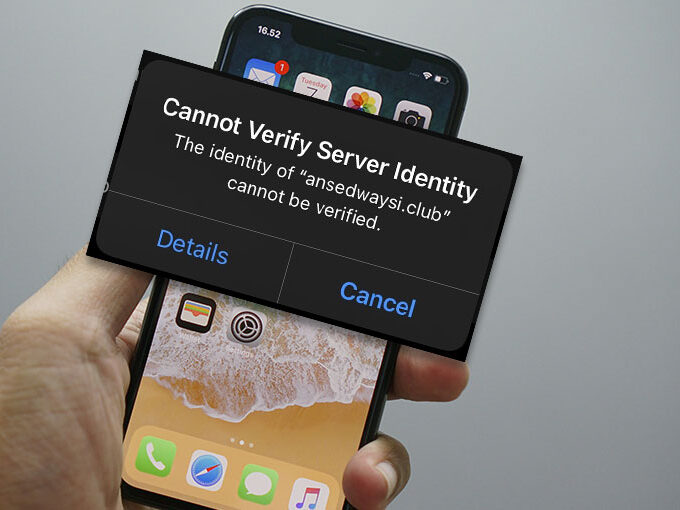The internet came with a wide range of opportunities and possibilities that we didn’t have centuries ago. Now, we have access to just about any piece of information from the comfort of our homes. However, with this development came the upsurge of cybercrime. These forms of cybercrime include theft and sale of corporate data, phishing, malware attacks, and DOS and DDOS attacks amongst others. A forecast shows cybercrime would cost the world $10.5 trillion annually by 2025! That’s a whooping loss that we can easily avert by carrying out a timely breach and attack simulation. Read on to learn more.
Why are there security gaps?
One would think that security issues should not be a problem with all the wonders of technology. This is far from the truth. As with every other human invention, flaws and inconsistencies are bound to exist. Our approach should not be an aloof stance, but one that seeks to fortify our security walls and reduce cyberattacks. This goes beyond using strong passwords and keeping all software updated. Heavier security measures are required.
Other reasons security gaps persist are:
- Improper assessment of security risks
- New security threats
- Insufficient security funding
- Inadequate security staff
Also read: How to Be One Step Ahead of Hackers with Breach and Attack Simulation
Breach and Attack Simulations
In seeking ways to counter the security attacks that are wont to happen, many organizations have become more proactive than reactive. Contrary to setting up security measures and hoping that they suffice, breach and attack simulations (BAS) are becoming more widely accepted. Breach and attack simulations are automated pentests designed to mimic likely security attacks to determine the vulnerability and weaknesses of an organization’s security.
Do you know what they say about setting a thief to catch a thief? Yes. BAS mimics the ‘thief’. It thinks like the thief, and it’s wired to operate the way the ‘thief’ would, just to check how prepared an organization really is in the likelihood of an attack. BAS does not interrupt an organization’s operations. It is a covert operation run by experienced security professionals through red and blue team exercises.
Benefits of Breach and Attack Simulations
Some advantages of BAS include:
- Testing your defense: BAS tests all security defenses to check for probable threats. It tests for data loss, external intrusion, email, the strength of firewalls, anti-virus software, endpoint security, and content filters. Using the MITRE ATTACK framework, BAS is functional because its framework is a system of tools, techniques, and security operations likely to be deployed by cybercriminals.
- A well-informed defense: The BAS opens an organization up to its flaws, deficiencies, and strong points. This information helps the organization channel its resources -both financial and human- to areas where they are most needed.
- A healthy appraisal: BAS consistently runs over a period, and highlights the progress of an organization’s security. It shows the organization how well it has fared.
- Expert opinion: BAS does not just discover the flaws, but it proffers solutions that breach security gaps and mitigate the problems.
- Simultaneous testing: Breach and attack simulations run several testings for various attacks at the same time without disrupting the operations of the organization.
- Imitates known entities: BAS mimics the attack style of specific attackers peculiar to certain countries and industries.
- Testing for effectiveness: With new security controls, BAS tests for effectiveness before deployment.
- Readiness of staff: The BAS shows how prepared for a cyberattack the staff is and tests to see if they will behave as expected.
- Easy to use: Its solutions are not too complex. An average user can comfortably maneuver it because of its simple interface and accessibility from anywhere.
- Timely results: BAS tests give quick results with each exercise and provide an accurate position of the organization’s security.
Disadvantages of Breach and Attack Simulations
Despite its usefulness, there are other sides to BAS. These include:
- Too many notifications: There is the tendency for security personnel to be overburdened as they try to differentiate between faux and legitimate security alerts.
- Yet to develop: There is still ample room for improvement of BAS. It is yet to develop to accommodate the ‘creativity’ of hackers, as its tools can only run known attacks.
- Choosing a service provider: It is usually difficult for organizations to select a vendor because they first need to compare the products and services each vendor offers. They will need to be sure of what their organization actually requires in making an informed decision.
- Cost: BAS solutions are often pricey.
Also read: A Detailed Overview: What Do SAST Tools Solve?
Prior to Breach and Attack Simulations
Before initiating breach and attack simulations, the length and frequency of simulations should be determined. How often will it be? Will it be quarterly or bi-annually? Breach and attack simulations are not one-off. It is pertinent to have a long-term plan that reviews the results of previous simulations before a relaunch.
Discuss and decide on communication plans prior to the simulations. Is it going to be open communication between the red and blue teams, or will both parties run independently of each other?
During the Breach and Attack Simulations
It is imperative that you carry along with relevant departments and members of staff in the exercises. They ought to be aware of how prone they are to attacks. Give attention to personnel also and not just the systems.
Post Breach and Attack Simulations
The BAS processes and outcomes need to be documented. It makes for reference and serves as a good material for training. It helps in decision-making and determining the future of the organization’s security.
Final thoughts
Breach and attack simulations are effective ways of tightening your security system. While systems are yet to improve to eliminate cybercrime, it is important that you protect your organization as best as you can. It is only wise to hack yourself first before hackers do. Regardless of the cost of BAS, your organization should use it because the gains outweigh any cost incurred when one thinks of all the assets that these simulations would preserve.










Leave a comment